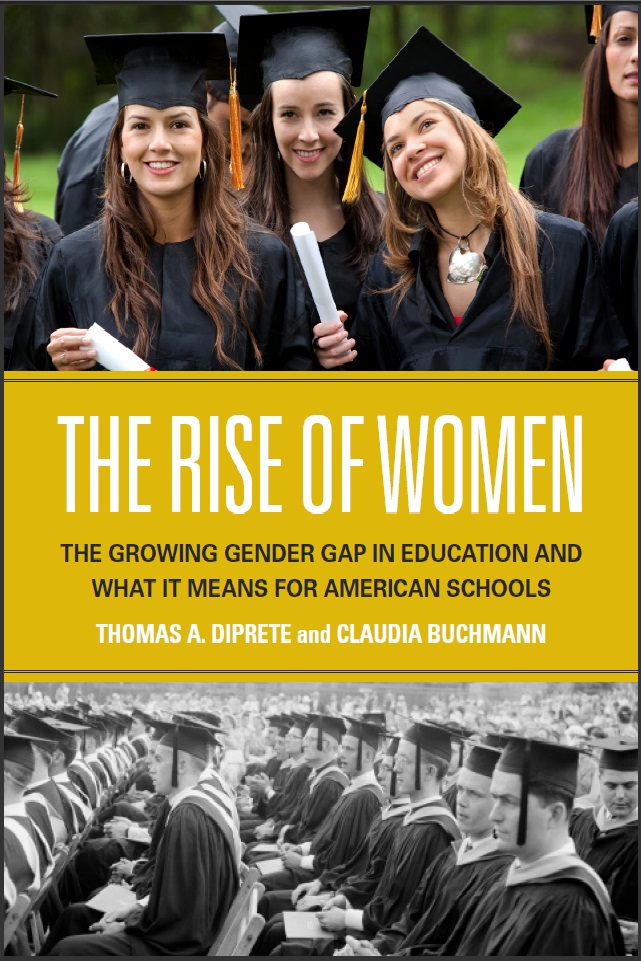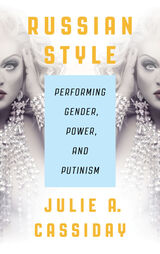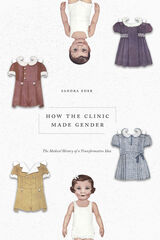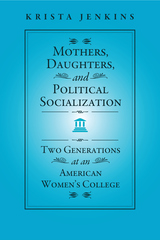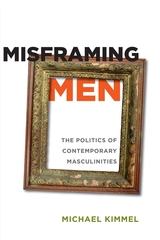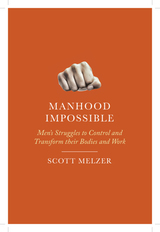The Rise of Women: The Growing Gender Gap in Education and What it Means for American Schools
Russell Sage Foundation, 2013
eISBN: 978-1-61044-800-0 | Paper: 978-0-87154-051-5
Library of Congress Classification HQ1075.5.U6D57 2013
Dewey Decimal Classification 370.82
eISBN: 978-1-61044-800-0 | Paper: 978-0-87154-051-5
Library of Congress Classification HQ1075.5.U6D57 2013
Dewey Decimal Classification 370.82
ABOUT THIS BOOK | AUTHOR BIOGRAPHY | TOC
ABOUT THIS BOOK
While powerful gender inequalities remain in American society, women have made substantial gains and now largely surpass men in one crucial arena: education. Women now outperform men academically at all levels of school, and are more likely to obtain college degrees and enroll in graduate school. What accounts for this enormous reversal in the gender education gap? In The Rise of Women: The Growing Gender Gap in Education and What It Means for American Schools, Thomas DiPrete and Claudia Buchmann provide a detailed and accessible account of women’s educational advantage and suggest new strategies to improve schooling outcomes for both boys and girls. The Rise of Women opens with a masterful overview of the broader societal changes that accompanied the change in gender trends in higher education. The rise of egalitarian gender norms and a growing demand for college-educated workers allowed more women to enroll in colleges and universities nationwide. As this shift occurred, women quickly reversed the historical male advantage in education. By 2010, young women in their mid-twenties surpassed their male counterparts in earning college degrees by more than eight percentage points. The authors, however, reveal an important exception: While women have achieved parity in fields such as medicine and the law, they lag far behind men in engineering and physical science degrees. To explain these trends, The Rise of Women charts the performance of boys and girls over the course of their schooling. At each stage in the education process, they consider the gender-specific impact of factors such as families, schools, peers, race and class. Important differences emerge as early as kindergarten, where girls show higher levels of essential learning skills such as persistence and self-control. Girls also derive more intrinsic gratification from performing well on a day-to-day basis, a crucial advantage in the learning process. By contrast, boys must often navigate a conflict between their emerging masculine identity and a strong attachment to school. Families and peers play a crucial role at this juncture. The authors show the gender gap in educational attainment between children in the same families tends to be lower when the father is present and more highly educated. A strong academic climate, both among friends and at home, also tends to erode stereotypes that disconnect academic prowess and a healthy, masculine identity. Similarly, high schools with strong science curricula reduce the power of gender stereotypes concerning science and technology and encourage girls to major in scientific fields. As the value of a highly skilled workforce continues to grow, The Rise of Women argues that understanding the source and extent of the gender gap in higher education is essential to improving our schools and the economy. With its rigorous data and clear recommendations, this volume illuminates new ground for future education policies and research.
See other books on: DiPrete, Thomas A. | Educational equalization | Educational Policy & Reform | Sex role | Women in education
See other titles from Russell Sage Foundation
